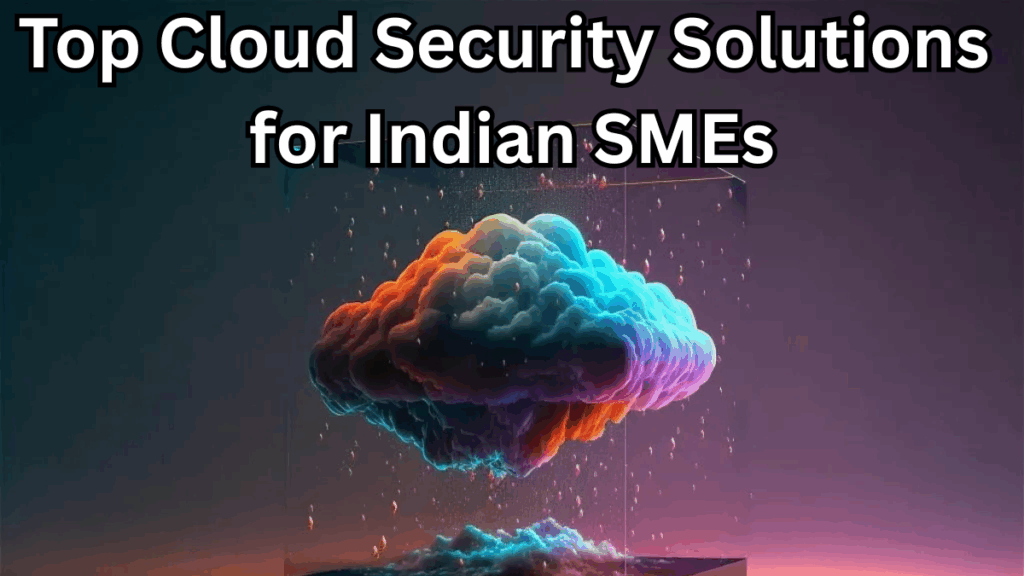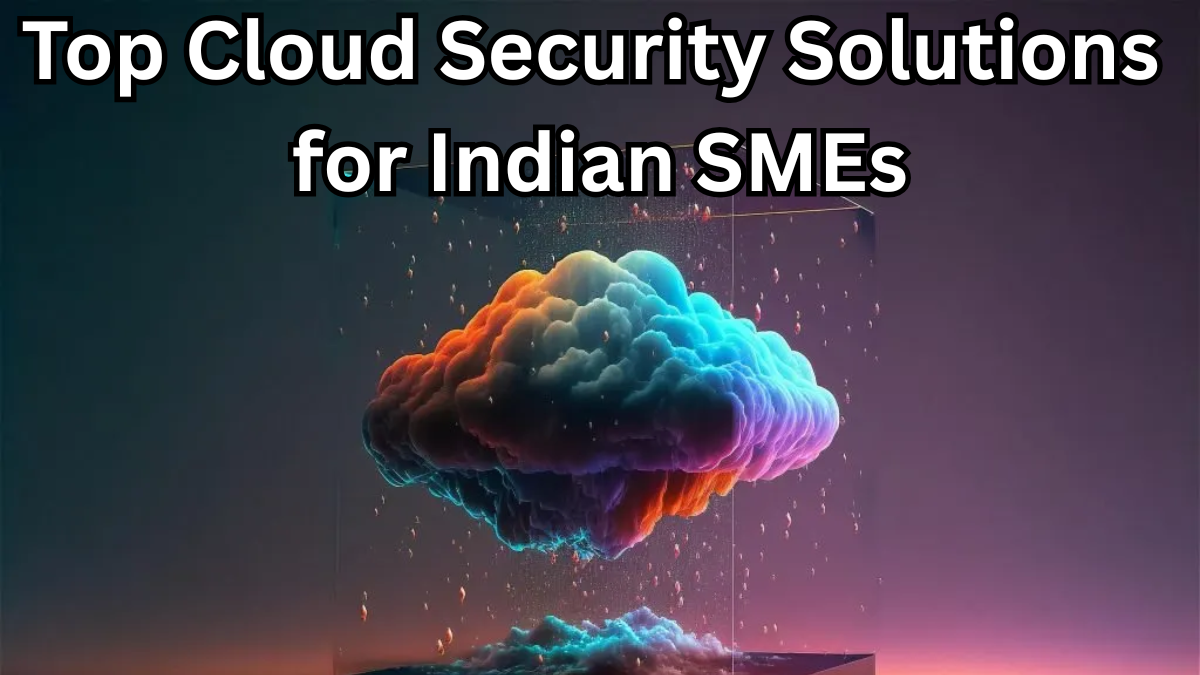In today’s digital-first world, small and medium-sized enterprises (SMEs) in India are increasingly moving their operations to the cloud. While this shift enhances efficiency and scalability, it also brings new challenges—most importantly, protecting sensitive data. This is where Cloud Security Solutions come into play, ensuring that SMEs stay safe from cyber threats while growing their digital footprint.
This guide explores the best cloud security tools for Indian SMEs in 2025, helping businesses choose the right solutions for SME data protection and compliance.

Why Do Indian SMEs Need Cloud Security?
Indian SMEs handle a wide variety of data—customer details, financial records, and intellectual property—which makes them a prime target for cybercriminals. Moreover, the rapid adoption of cloud platforms often happens without proper security measures in place.
Key reasons SMEs need robust cloud security:
-
Increased Cyberattacks: SMEs are often seen as “easy targets” by hackers.
-
Regulatory Compliance: Staying compliant with data protection laws like India’s DPDP Act.
-
Customer Trust: Secure systems help retain customer confidence.
-
Business Continuity: Preventing costly disruptions caused by ransomware or data breaches.
Features to Look for in Cloud Security Solutions
Before diving into specific tools, here are some must-have features for SME data protection:
-
Advanced Threat Detection: Identifies and blocks attacks in real-time.
-
Data Encryption: Protects sensitive files both in transit and at rest.
-
Multi-Factor Authentication (MFA): Adds an extra layer of access security.
-
Backup & Disaster Recovery: Ensures business continuity during crises.
-
Compliance Management: Helps SMEs meet regulatory requirements effortlessly.
Best Cloud Security Solutions for Indian SMEs in 2025
Here’s a look at some top solutions making waves in the Indian SME market:
| Cloud Security Solution | Key Features | Why It’s Great for SMEs |
|---|---|---|
| Microsoft Defender for Cloud | Threat detection, identity protection, compliance tools | Cost-effective and integrates well with Microsoft 365 |
| Sophos Cloud Optix | AI-driven threat detection, continuous compliance monitoring | Ideal for SMEs adopting multi-cloud environments |
| Trend Micro Cloud One | Endpoint security, vulnerability scanning, container security | Comprehensive coverage for businesses of all sizes |
| Fortinet FortiCWP | Real-time monitoring, policy enforcement, API security | Perfect for SMEs handling sensitive financial data |
| Palo Alto Prisma Cloud | Advanced analytics, workload security, zero-trust controls | Great for SMEs scaling operations securely |
How to Choose the Right Solution for Your SME
Every business has unique needs. To pick the right Cloud Security Solution, consider:
-
Budget: Choose solutions that scale with your business.
-
Cloud Environment: Whether you use AWS, Azure, or Google Cloud.
-
Ease of Use: Look for user-friendly dashboards and reporting tools.
-
Support & Training: Ensure the provider offers proper onboarding and technical help.
Expert Tips for Better SME Data Protection
-
Implement MFA: Always enable multi-factor authentication for all accounts.
-
Regular Backups: Maintain encrypted backups to prevent data loss.
-
Employee Training: Train staff to recognize phishing and social engineering attacks.
-
Regular Audits: Conduct frequent security audits to find and fix vulnerabilities.
FAQs
Q1: Why is cloud security important for Indian SMEs?
Cloud security safeguards sensitive customer and business data, helps meet compliance standards, and ensures smooth business operations.
Q2: Are these Cloud Security Solutions affordable for SMEs?
Yes. Many providers offer scalable pricing plans tailored for SMEs, making them cost-effective and efficient.
Q3: Can these solutions protect against ransomware attacks?
Absolutely. Modern tools come with advanced threat detection and automated response features to mitigate ransomware threats.
Q4: How often should SMEs review their cloud security setup?
It’s recommended to review and update your security protocols at least every quarter or after any major system change.
Click here to learn more
